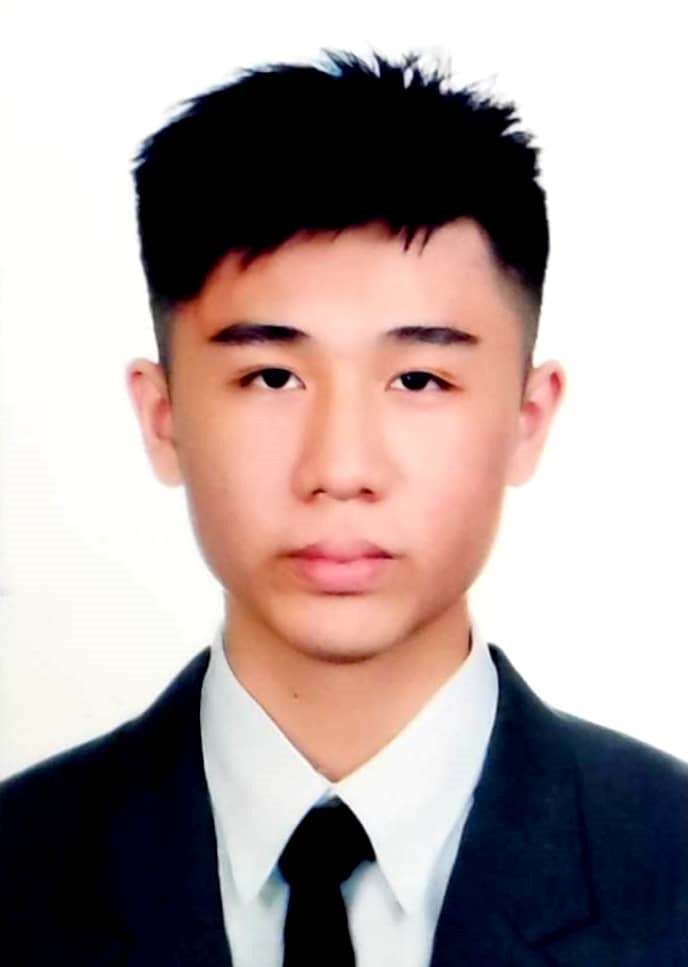What it does
This project automates water quality control in land-based seaweed farming using sensors, microcontrollers, and real-time feedback to regulate pH, salinity, and temperature—solving issues of unstable growth and manual monitoring.
Your inspiration
Our team was inspired by the rising demand for sustainable aquaculture and the lack of affordable automation tools for small-scale seaweed farmers. During our research, we found that unstable water quality often leads to poor growth or ice-ice disease, especially in land-based farms. Existing smart farming systems were either too costly or too complex for small operators or educational settings. We aimed to design a low-cost, modular system that brings automation, real-time monitoring, and environmental control to those who need it most—empowering students, researchers, and home growers to engage in smart seaweed farming.
How it works
The system monitors water quality in seaweed cultivation tanks using sensors for pH, salinity, temperature, light, and water level. A microcontroller collects this data in real time and displays it on a small OLED screen housed in the sensor box. When values exceed the safe range, the system automatically activates responses—adding fresh or saline water, adjusting temperature, or controlling lighting. To regulate pH, small pumps accurately dose acid or alkaline solution. All data is sent to the cloud using the MQTT protocol, a lightweight messaging system that enables users to view real-time updates on a dashboard from any phone or computer. This allows continuous remote monitoring and control. The system handles multiple tasks simultaneously using FreeRTOS and is designed to be modular, affordable, and ideal for small-scale seaweed farms, education, and smart aquaculture research.
Design process
We began by identifying key water parameters that impact seaweed growth, then researched existing aquaculture systems and found a lack of affordable smart solutions. In Phase 1, we conducted engineering analysis to evaluate component feasibility, including sensor selection, pump horsepower calculation, and flow rate estimation using fluid mechanics principles. Our initial concept used a dual-ESP32 setup: one for tank-level sensing and one for cloud communication. We designed the sensor box in SolidWorks and tested structural integrity with drop and static simulations. Next, we fabricated a working prototype using 3D-printed enclosures, acrylic tanks, and peristaltic pumps. We initially implemented PID control for pH and temperature regulation, but testing showed that bang-bang control offered more stable performance in small water volumes. Salinity control was excluded from the prototype due to cost constraints but is fully supported by the system architecture and can be integrated using the same actuator logic. FreeRTOS enabled stable multitasking, and sensor data was displayed on an OLED and sent to the cloud via MQTT. For this prototype, a single ESP32 was used due to stable Wi-Fi and the cultivation of one seaweed species.
How it is different
Unlike commercial aquaculture systems that are expensive, complex, or not tailored for seaweed, our design is affordable, compact, and optimized for land-based seaweed cultivation. It combines multiple sensors and actuators into a single, modular controller capable of monitoring and adjusting pH, temperature, light, and salinity. While most available systems target fish or shrimp farming, ours focuses on the unique environmental needs of seaweed. It supports both centralized and decentralized architectures, making it scalable across different farm sizes. Instead of subscription-based software, we use open communication protocols like MQTT to enable real-time monitoring without vendor lock-in. The design prioritizes educational use, local manufacturing, and ease of maintenance—making smart aquaculture accessible to students, researchers, and small growers.
Future plans
Our next step is to scale the system for multi-tank operations with different seaweed species. We plan to reintroduce the central ESP32 for distributed control, improve the waterproofing of sensor housings, and expand the nutrient dosing capability. We also aim to develop a mobile-friendly dashboard with customizable alerts. With further field testing, we hope to publish findings on optimized growth conditions. Long-term, we envision this as an educational kit and a modular add-on for small coastal farms, promoting sustainable aquaculture globally.



Share this page on